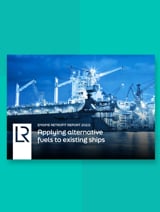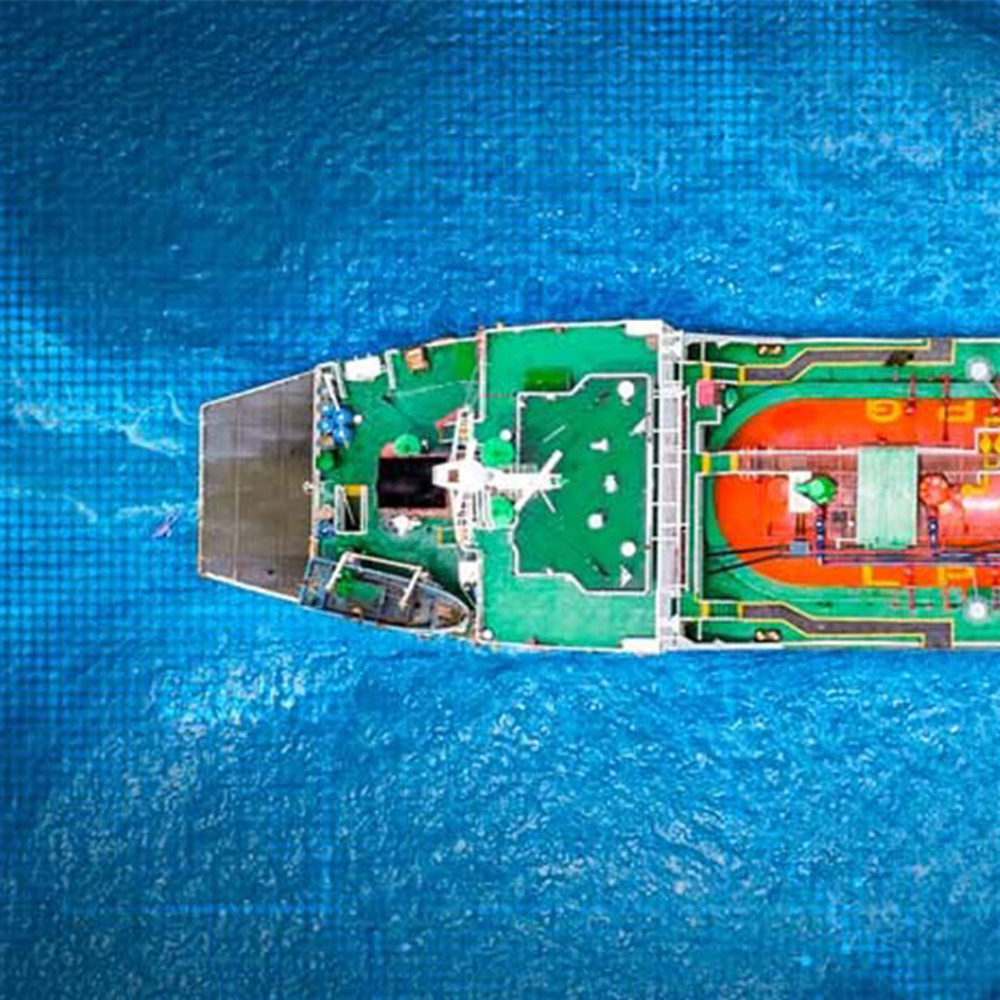Panos Mitrou – Global Gas Segment Manager at LR – explores the political and environmental aspects of methane, why some technologies are better than others in controlling methane slip, and the need for long-term solutions to the emissions challenge.
The use of liquid natural gas (LNG) as a marine fuel is a complex, and potentially controversial, issue. While some parties have championed LNG as a way to dramatically reduce well-to-wake greenhouse gas emissions, others have disputed this assertion, noting that reductions of this kind apply only to two-stroke, high-pressure engines, and that methane emissions from LNG-fuelled vessels are potentially equal to – if not higher than – those from marine conventional fuel powered ships.
Methane emissions have long been tied to the use of LNG in shipping. Even as far back as 2013, concerns were growing that, thanks to stricter regulations regarding sulphur emissions, the marine industry might be manoeuvring towards widespread use of LNG without a full understanding of the environmental consequences.
In May 2019, the International Maritime Organisation (IMO) tabled “further consider concrete proposals to reduce methane slip” as one of the issues to be discussed as part of its working sessions later that year. In spite of this renewed focus on methane though, no regulatory requirements have yet been imposed on either operators or manufacturers that provide them with a suitable standards and incentive to mitigate methane slip.
Part of the complexity here revolves around the subtle differences between methane slip and more general day-to-day methane emissions resulting from routine activities such as bunkering or fuel type changes. From the disconnection of dry couplings through to fugitive emissions generated by vibrating or malfunctioning safety valves, the normal operation of a LNG-powered vessel can generate minor release of methane to some degree. And, depending on the functionality of a vessel’s systems, venting of methane gas into a “safe place” (i.e. the natural environment) will likely be required too.
Methane slip differs from these more widely accepted emissions in that it results directly from the performance of the engine itself. Either by leakage through piston rings, or as a result of insufficient combustion, methane slip occurs when gas is emitted unburned from the engine. Because it is unplanned for and, thus, largely unmeasured, it is generally seen as a greater environmental threat than the planned emissions detailed above.
Certain engine types are undoubtedly better at controlling methane slip than others. Two-stroke cycle diesel engines and gas turbines produce minimal amounts of slip, particularly when compared with Otto cycle four-stroke engines operating in highly transient conditions. Crucially, even for those engines at the higher end of the methane slip scale, substantial progress has been made in recent years in remediating that leakage and new technologies will undoubtedly mitigate that risk further still.
The major issue though is not one of technological capability. Many marine engine manufacturers are actively seeking opportunities to introduce methane slip countermeasures into future engine designs. Instead, the problem is largely one of incentivisation; research and development carries a cost, one that manufacturers would need to pass on to operators. But without the regulatory or societal impetus to explore those methane slip-reducing technologies, they have no compelling reason to do so.
In the short-term, operators have the ability to alleviate some of the issues associated with LNG via a combination of process and technology. The use of fixed-arm connections during bunkering is more efficient than hoses, for instance, and capacity advancements could help to reduce leakage by reducing the frequency with which refuelling occurs. And at the regulatory level, even a small element of incentivisation for capturing and oxidising methane emissions rather than releasing them into the atmosphere would likely make a substantial contribution.
Ultimately, the long-term burden of change may fall to manufacturers and operators as well. General concern about methane emissions may be demonstrably lower than other marine-related issues today – particularly in comparison to the visible damage caused by something like a crude oil leak – but growing environmental awareness means that this is unlikely to remain the case for long. Incoming directives from the European Union, which include carbon pricing and emissions trading schemes for shipping are likely to force the issue further.
More than anything, the decision to proactively tackle methane slip presents a genuine opportunity for marine operators to demonstrate their value as responsible corporate citizens. Recent years have served to highlight the enduring importance of reputation and brand, and taking action on methane slip – and emissions more generally – provides operators and engine manufacturers alike with a chance to pre-emptively answer their critics, reducing emissions through choice rather than regulatory demand.
Over the past decade, LNG has proven to be a powerful and versatile alternative to traditional marine fuels. It may not be the ultimate solution, but it is the best available. The priority going forwards must be on ensuring that it remains good not just for operators, but for the world as a whole too.







